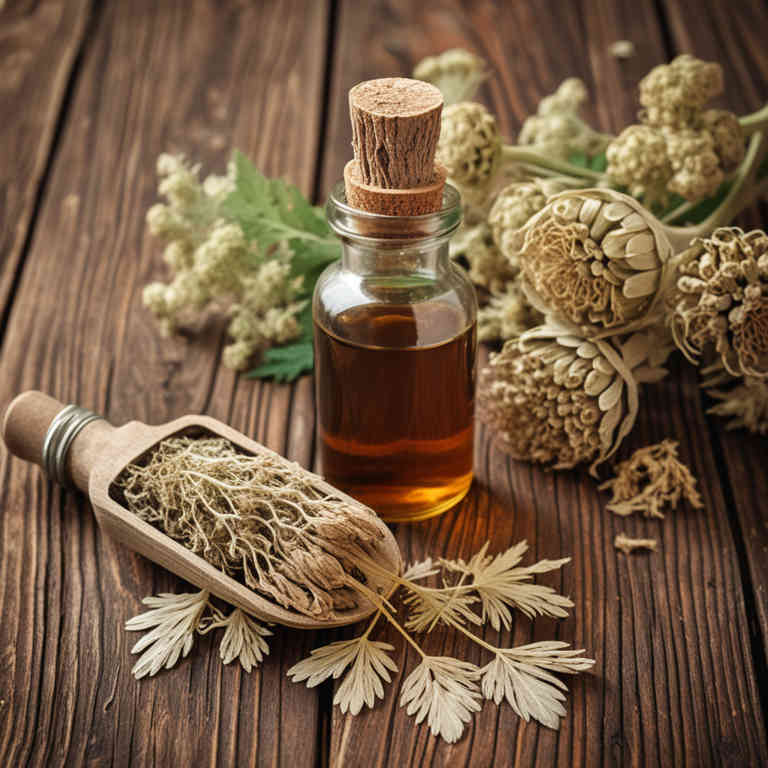Angelica sinensis tincture for medicinal use

Angelica sinensis tincture is a concentrated liquid extract made from the dried roots of the Angelica sinensis plant, commonly known as dong quai.
It is widely used in traditional Chinese medicine and herbalism for its purported ability to support hormonal balance and promote circulation. This preparation is often taken to alleviate symptoms of menopause, such as hot flashes and mood swings, and is also used to address menstrual irregularities. It is typically diluted in water or alcohol before consumption to reduce its potency and potential side effects.
Due to its potential interactions with medications, it should be used under the guidance of a qualified herbalist or healthcare provider.
Uses
Angelica sinensis tincture has been used to support women's health, particularly in traditional Chinese medicine for regulating menstruation and alleviating symptoms of menopause.
Historically, it was valued for its ability to promote blood circulation and nourish the body, making it a key ingredient in formulations for treating anemia and fatigue. In modern times, it is still used as a herbal supplement to enhance vitality and support hormonal balance. Its active compounds, such as ferulic acid and ligustilide, are believed to contribute to its therapeutic effects.
Today, it is also explored for its potential anti-inflammatory and antioxidant properties in complementary and alternative medicine.
Benefits
Angelica sinensis tincture has health benefits such as improving blood circulation, reducing menstrual cramps, and enhancing overall vitality.
It is traditionally used in Chinese medicine to support reproductive health and alleviate symptoms of anemia. The tincture is believed to help with hormonal balance and may reduce stress and fatigue. It also has anti-inflammatory and antioxidant properties that contribute to its therapeutic effects.
This herbal preparation is often recommended for women's health but should be used under the guidance of a qualified practitioner.
Constituents
Angelica sinensis tincture active constituents include ferulic acid, ligustilide, and adenosine, among others.
These compounds are known for their antioxidant, anti-inflammatory, and circulatory benefits. Ferulic acid helps protect cells from oxidative damage, while ligustilide supports blood flow and may alleviate menstrual discomfort. Adenosine contributes to the tincture’s ability to enhance energy levels and support overall vitality.
This herbal preparation is traditionally used to promote women’s health, improve circulation, and support the nervous system.
Preparation
To make Angelica sinensis tincture, first gather fresh or dried Angelica sinensis root and clean it thoroughly.
Chop the root into small pieces to increase surface area for better extraction. Place the chopped root in a glass jar and cover it completely with high-proof alcohol, such as vodka or grain alcohol. Let the mixture sit in a dark place for 4 to 6 weeks, shaking it occasionally to ensure even extraction.
After the steeping period, strain the liquid through a fine mesh or cheesecloth to remove the plant material, and store the tincture in a dark glass bottle away from light.
Side Effects
Angelica sinensis tincture may lead to gastrointestinal discomfort, including nausea, vomiting, and diarrhea, especially when taken in high doses.
It can also cause allergic reactions in individuals sensitive to plants in the Apiaceae family, such as carrots or celery. Prolonged use may increase the risk of bleeding due to its blood-thinning properties. Some users may experience dizziness or headaches as side effects.
It is important to consult a healthcare professional before using this tincture, especially for pregnant or breastfeeding women and those on medication.